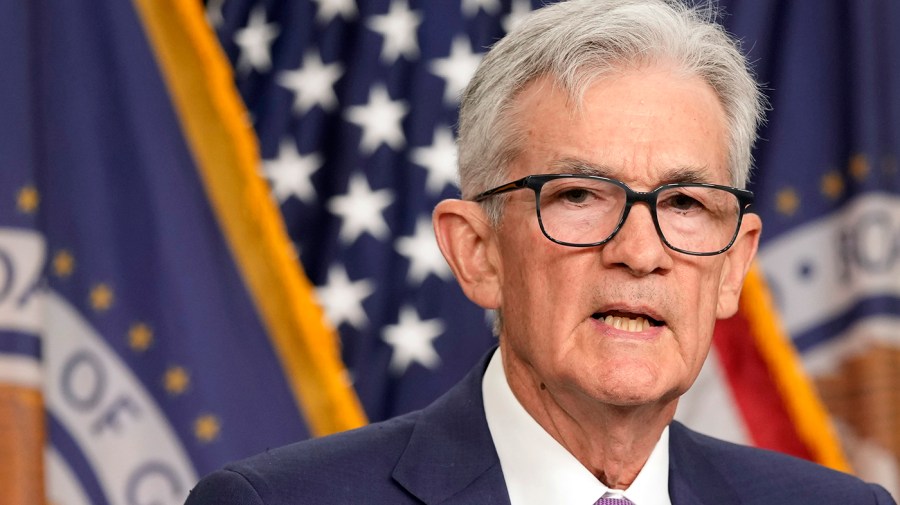
The Federal Open Markets Committee (FOMC), the central bank committee tasked with setting monetary policy, voted Wednesday to keep the federal funds rate at a range of 5.25 percent to 5.5 percent, where it has been since July.
While the Fed signaled at the end of last year it would start cutting rates in 2024, the FOMC cited a “lack of further progress” toward its inflation goal of 2 percent as part of its Wednesday decision.
“It is likely that gaining such greater confidence will take longer than previously expected,” Powell told reporters.
Most traders don’t expect the Fed to start cutting rates until November, according to the CME FedWatch Tool.
Inflation ticked up to 3.5 percent year-over-year in March, according to the latest consumer price index (CPI) reading.
While the U.S. labor market is humming along, with 303,000 jobs added in March and a streak of sub-4 percent unemployment not seen since the 1960s, economic growth fell short of expectations during the first quarter of the year.
“The signal that we’re taking is that it’s likely to take longer for us to gain confidence that we are on a sustainable path to 2 percent inflation,” Powell said.
“Clearly restrictive monetary policy needs more time to do its job,” Powell later added.
As the 2024 election draws closer, pressure on Powell and the Fed has ramped up.
Former President Trump, who nominated Powell during his first term, recently suggested the lifelong Republican may cut rates to help Democrats in the 2024 election. His allies are crafting a plan to erode the independence of the central bank if he wins the election in November, The Wall Street Journal reported last week, although his campaign said that was not an official position.
“Read all the transcripts and see if anybody mentions in any way the pending election. It just isn’t part of our thinking. It’s not what we’re hired to do. If we start down that road, again, I don’t know how you stop it,” Powell said.
The Hill’s Taylor Giorno has more here.














